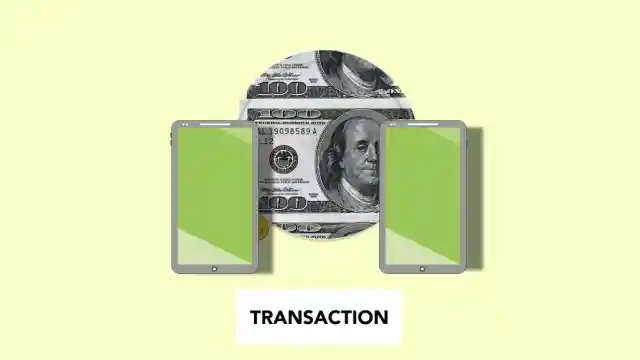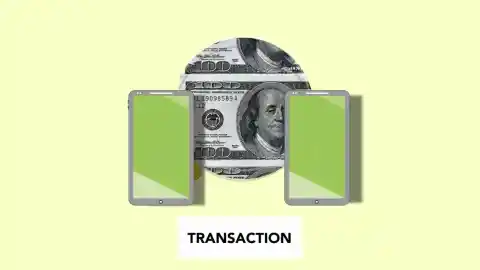Imagine sending money to a friend overseas in seconds, without visiting a bank, paying huge fees, or waiting days. This is one of the promises of stablecoins, a new type of digital currency that’s quietly transforming how we think about money. In 2025, stablecoins have become one of the most talked-about trends in finance and crypto. But what are they really, and why should you care?


Let’s take a closer look at what stablecoins are, why they were created, what’s changing this year, and how they could affect all of us, for better or worse.
What Are Stablecoins?
Stablecoins are a kind of cryptocurrency that, unlike Bitcoin or Ethereum, don’t bounce wildly in price. Instead, they’re designed to stay stable, usually by being linked, or “pegged,” to a traditional currency like the US dollar or the Euro. For example, one USDC (a popular stablecoin) is meant to always equal one US dollar.


To make this possible, companies that issue stablecoins hold reserves in traditional assets like cash or short-term government bonds. If they say they’ve issued a billion USDC coins, they should have a billion dollars worth of real money locked away somewhere. That way, people can trust that the digital coin is worth something solid.
This makes stablecoins especially useful in a financial system that increasingly lives online.
Why Were Stablecoins Created?
Cryptocurrencies have been praised for giving people more control over their money, but they’ve also been criticized for one big problem, volatility. The value of Bitcoin, for instance, can rise or fall by thousands of dollars in a single day. That makes it a risky way to buy a cup of coffee or pay your rent.


Stablecoins were created to solve this problem. They offer the benefits of crypto, speed, privacy, and low fees, while avoiding wild price swings. They act like digital dollars you can use 24/7, without needing a bank. At first, stablecoins were used mostly by crypto traders who wanted a safe place to park their money between trades. But their uses have expanded far beyond trading.
Today, stablecoins are used for saving, borrowing, sending remittances across borders, and even paying employees. They’re becoming digital versions of cash, available to anyone with a smartphone.
The Role of Stablecoins So Far
Over the past few years, stablecoins have played a crucial role in the crypto world. They serve as the backbone for decentralized finance, or DeFi, which offers loans, interest-bearing accounts, and even insurance, without any traditional banks involved. Stablecoins allow users to take part in these systems without worrying that their money will suddenly lose value overnight.


Businesses have also started using stablecoins to settle cross-border payments, paying suppliers and freelancers instantly and cheaply. In countries with unstable currencies, people have turned to stablecoins as a more reliable store of value than their national money.
By the end of 2024, the total value of stablecoins in circulation had passed $150 billion, and growing fast. But 2025 has brought some big shifts, and even bigger headlines.
What’s Changing in 2025?
Stablecoins are no longer a niche product for crypto fans. They’re now at the center of a global discussion about the future of money, with governments, tech companies, and financial institutions all getting involved.
Regulation
One of the biggest changes this year is regulation. Until recently, many stablecoins operated in a legal gray zone. But after several crypto crashes and concerns about whether these coins are truly backed by real money, governments have started to act.


In the United States, lawmakers are pushing forward with new rules that will require stablecoin issuers to hold safe and transparent reserves, possibly under the supervision of financial regulators. Similar laws are already in effect in the European Union, where the new MiCA regulation has introduced strict standards for stablecoins operating in the region. Other countries like the UK, Hong Kong, Brazil, and the UAE are following suit with their own frameworks.
This means that stablecoins are being pushed into the mainstream, but also under much tighter control.
Involvement of Big Finance
Another big development is the involvement of traditional finance. In June 2025, Circle, the company behind USDC, launched its IPO (initial public offering), becoming one of the first major crypto companies to go public. Its success shows that Wall Street is taking stablecoins seriously.


Banks, credit card networks like Visa and Mastercard, and even central banks are exploring how to integrate stablecoins into payment systems. The idea is that in a few years, you might be using stablecoins without even knowing it, when you swipe your card, send money to a friend, or shop online.
Rise of Local-Currency Stablecoins


Finally, there’s growing interest in local-currency stablecoins. While most stablecoins are based on the U.S. dollar, new ones are emerging based on the Euro, Japanese Yen, UAE Dirham, and even the Indian Rupee. These options could give countries more control over digital finance without depending on the dollar.
The Good Side of Stablecoins
Stablecoins offer many real-world benefits. One of the most obvious is the speed and cost of transactions. Traditional wire transfers can take days and cost $20 or more. Stablecoin transfers happen in seconds, often for pennies.


They also expand access to financial services. Billions of people around the world still lack access to a bank account. But with a smartphone and an internet connection, they can hold, send, and receive stablecoins, effectively joining the global economy.
For businesses, stablecoins offer a faster way to pay employees, settle invoices, or hold cash reserves, especially in countries with unstable currencies or inflation.
And in the crypto world, stablecoins act as a safe harbor. When markets get rocky, traders and investors often move their funds into stablecoins to avoid losses without having to exit the ecosystem completely.
The Bad Side of Stablecoins
Of course, stablecoins aren’t without risks. One of the biggest concerns is whether they’re truly backed by the assets their issuers claim. If a company says it has $10 billion in reserves but really only has $5 billion, a crisis of trust could cause the stablecoin to collapse, hurting millions of users.
There’s also the broader concern about stablecoins becoming too big to manage. Some financial experts worry that if stablecoins start replacing bank deposits, they could drain money from the traditional banking system. This might affect lending, interest rates, and even the stability of economies.


Privacy is another concern. While stablecoin transactions are faster and cheaper, they are also digital, and potentially traceable. Governments and corporations could use them to track spending and monitor financial activity.
And finally, unlike your local bank, most stablecoin platforms don’t offer consumer protections. If something goes wrong, say, your account gets hacked, or the company goes bankrupt, you might have no legal recourse.
Should You Care?
In short, yes. Stablecoins may seem like a tech trend, but they’re quickly becoming part of the financial systems we use every day.
If you send money internationally, run a small business, freelance online, or live in a country with financial instability, stablecoins could offer faster, cheaper, and more flexible options than traditional money. They’re also helping shape how future generations will think about saving, spending, and storing value.
The challenge is making sure stablecoins grow in a responsible way, with strong regulations, transparent practices, and a focus on protecting everyday users.